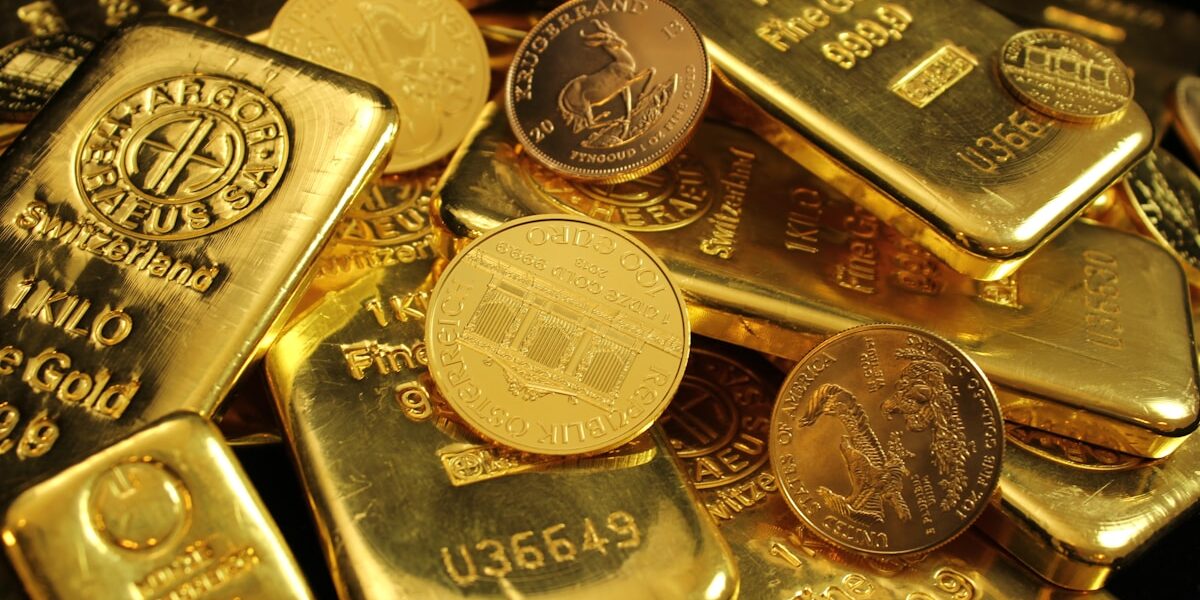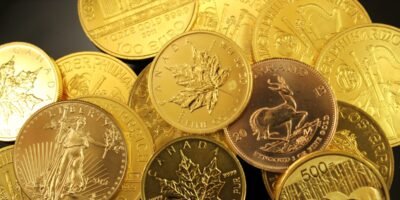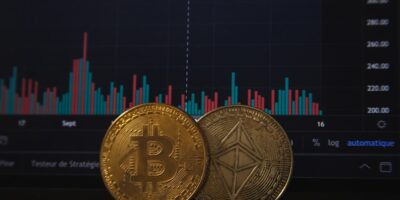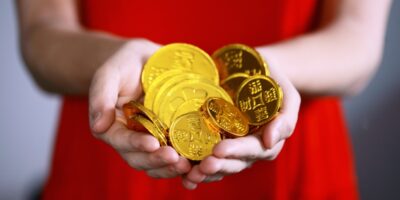The Fascination With Rare Quarters: What Collectors Need to Know
Coin collecting, also known as numismatics, is a hobby rich in history and filled with intrigue. Among the most fascinating coins for both amateur and experienced collectors are quarters. These modest pieces of currency often hold significant numismatic value, not just because of their age, but due to their rarity.
Understanding What Makes a Quarter Rare

A coin’s rarity can greatly affect its value. Several factors can determine whether a quarter is considered rare. These factors include minting errors, limited production runs, unique designs, or historical significance. Additionally, the condition of the coin, known as its grade, can play a crucial role in its rarity and value.
Mint Errors
Errors in the minting process can make a quarter rare. Common errors include double dies, off-center strikes, and incorrect metal compositions. These mistakes can happen when dies are misaligned or when the wrong metal planchets are used during minting. For collectors, identifying such errors requires a keen eye and sometimes the use of magnification tools.
Limited Production
Quarters produced in limited quantities can become highly sought after. The 1932-D and 1932-S Washington quarters are prime examples, minted in very low numbers during the Great Depression. As a result, these quarters are considered more valuable than others from the same period.
Unique Designs
Special or discontinued designs can also elevate a quarter’s status. For instance, the Seated Liberty quarters, minted from 1838 to 1891, feature a design that is distinct from other quarters. These coins can pique the interest of collectors due to their artistic difference. They also represent a period before the current Washington quarter design was adopted.
Historical Significance of Rare Quarters
Quarters can carry historical significance beyond their face value. Coins minted during pivotal moments in American history often enjoy added interest. The 1796 Draped Bust quarter is one such coin, as it represents the early minting history of the United States. Such coins can serve as a tangible connection to the past, making them invaluable to collectors.
The 50 State Quarters Program
The 50 State Quarters program, initiated by the U.S. Mint, sparked renewed interest in collecting quarters. Each quarter featured a unique design representing one of the fifty states, released sequentially between 1999 and 2008. Some states had quarters that were produced in higher quantities, making them less rare. However, early issues like the 1999-P Delaware quarter are often scrutinized by collectors looking for errors or variations.
Bicentennial Quarters
Bicentennial quarters were released in 1975 and 1976 to celebrate the 200th anniversary of the United States. These quarters bore a special reverse design of a colonial drummer and are generally easy to find. Despite their high production numbers, quarters in mint condition or those with unique characteristics still hold collectible value.
Assessing the Value of a Rare Quarter
Determining the value of a rare quarter involves more than just checking its rarity. Condition, known as the coin’s grade, can significantly affect value. Coins are typically graded on a scale from Poor (P-1) to Perfect Uncirculated (MS-70). Coins with higher grades are more valuable. Any preservation of original luster or lack of wear contributes to a higher grade.
Additionally, provenance or a documented history of the coin can enhance its value. Coins that have historically significant backgrounds or have belonged to notable collections often achieve higher market prices.
Finding and Collecting Rare Quarters
Many people find rare quarters in pocket change, but dedicated collectors often search at coin dealers, auctions, and coin shows. Some even search through bank rolls specifically to find unusual coins. These actions require patience and a keen understanding of what to look for. Engaging with coin collecting forums and joining numismatic societies can also provide collectors with valuable insights and possible trading opportunities.
Collectors should also consider security measures when acquiring rare quarters. Purchasing from reputable dealers and getting coins verified by professional grading services can help ensure authenticity and fair valuation.
Online Resources and Communities
The internet has made coin collecting more accessible. Numerous online resources provide detailed information on the history, rarity, and value of quarters. Websites dedicated to numismatics often feature guides, articles, and forums where collectors can share their findings and ask questions. Participating in these communities can be instrumental for enthusiasts aiming to deepen their knowledge.
Conclusion
Understanding the intricacies of rare quarters requires dedication and curiosity. Whether through mint errors, limited minting, or historical significance, quarters provide a window into history and culture. For collectors, each coin holds unique stories and importance, making the journey worthwhile.
Recommended Collecting Supplies
Coin Collection Book Holder Album – $9.99
312 pockets for coins of all sizes.
20x Magnifier Jewelry Loupe – $13.99
Essential tool for examining coins and stamps.
As an Amazon Associate, we earn from qualifying purchases.




Subscribe for Updates
Get the latest articles delivered to your inbox.
We respect your privacy. Unsubscribe anytime.